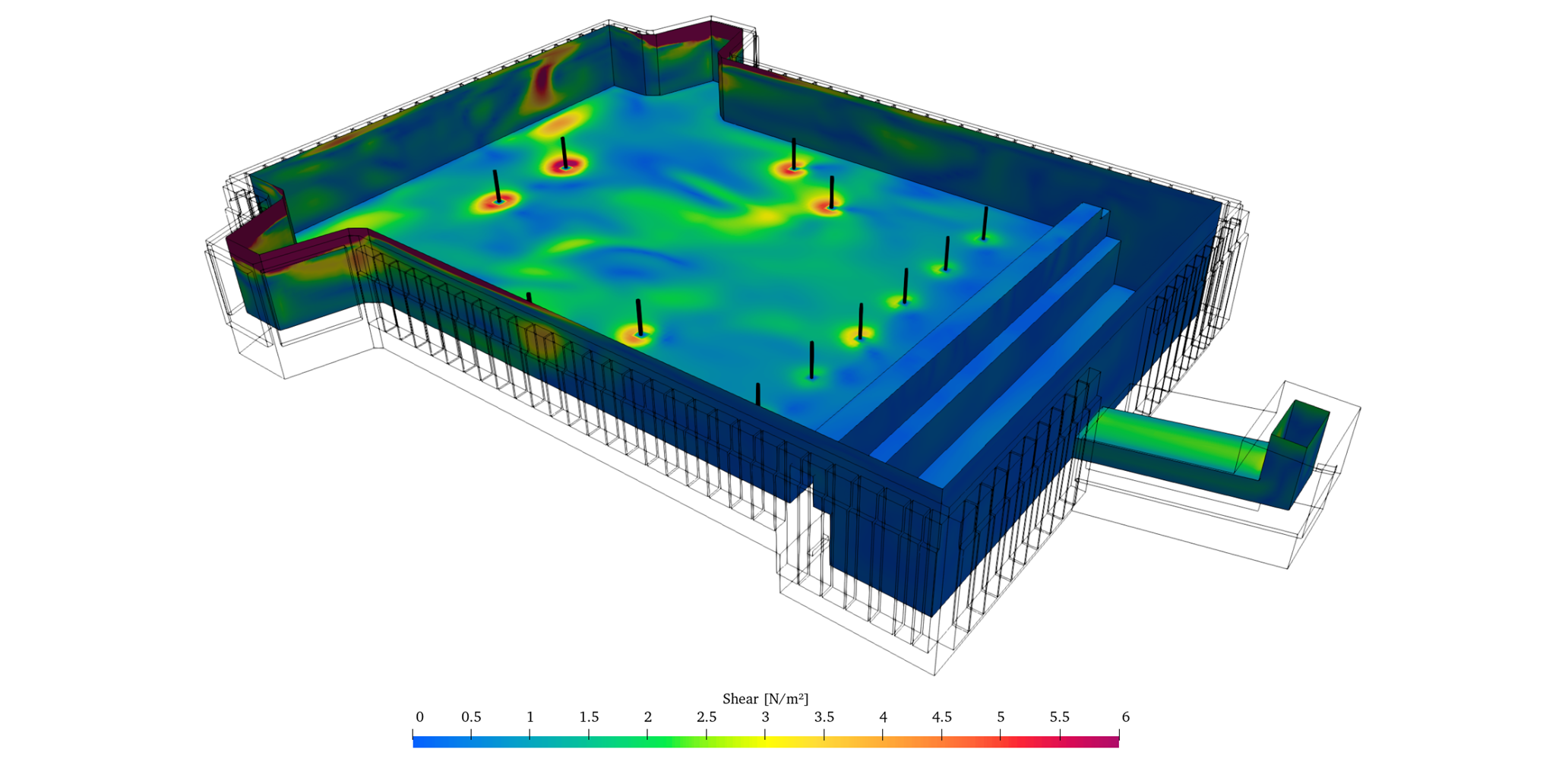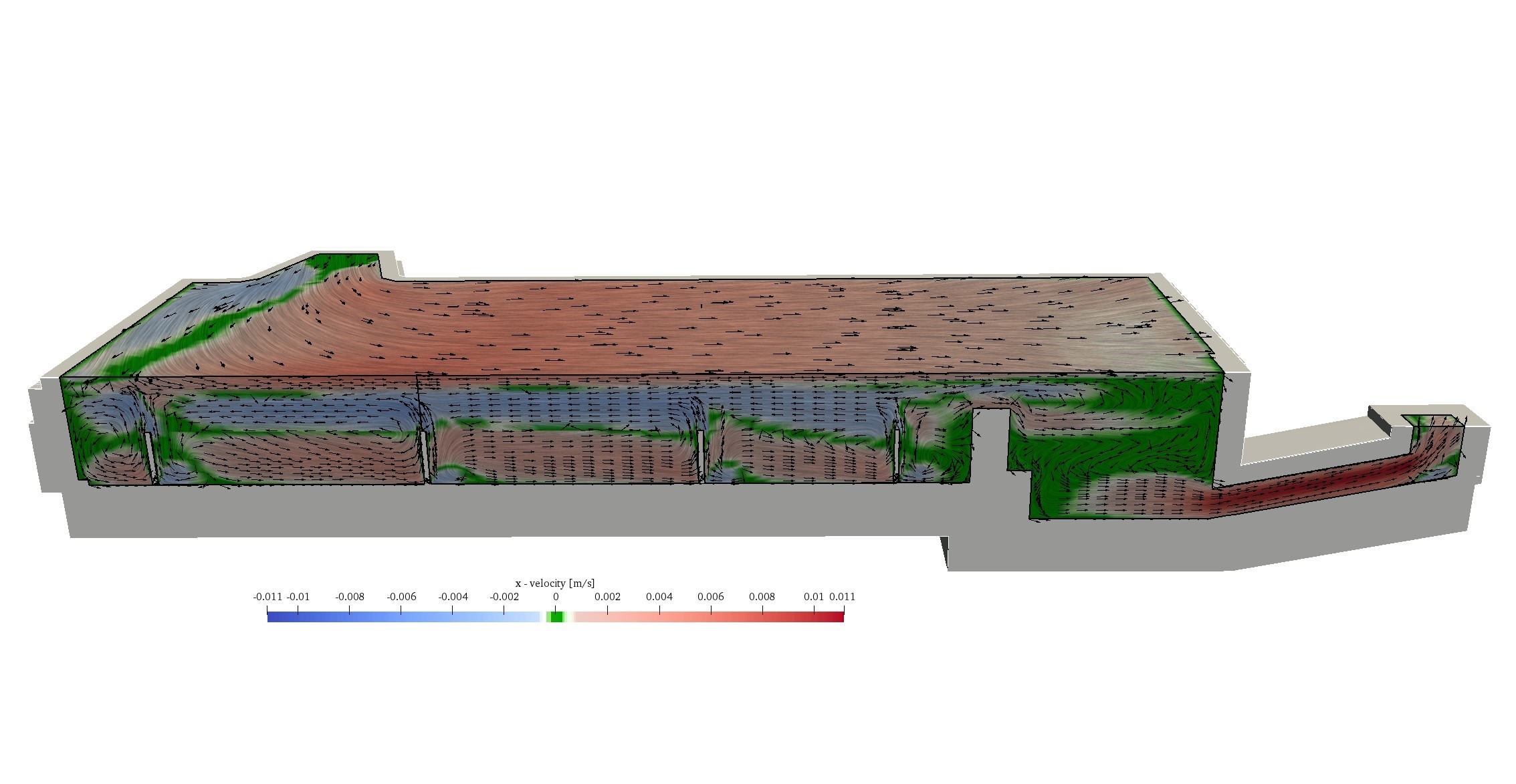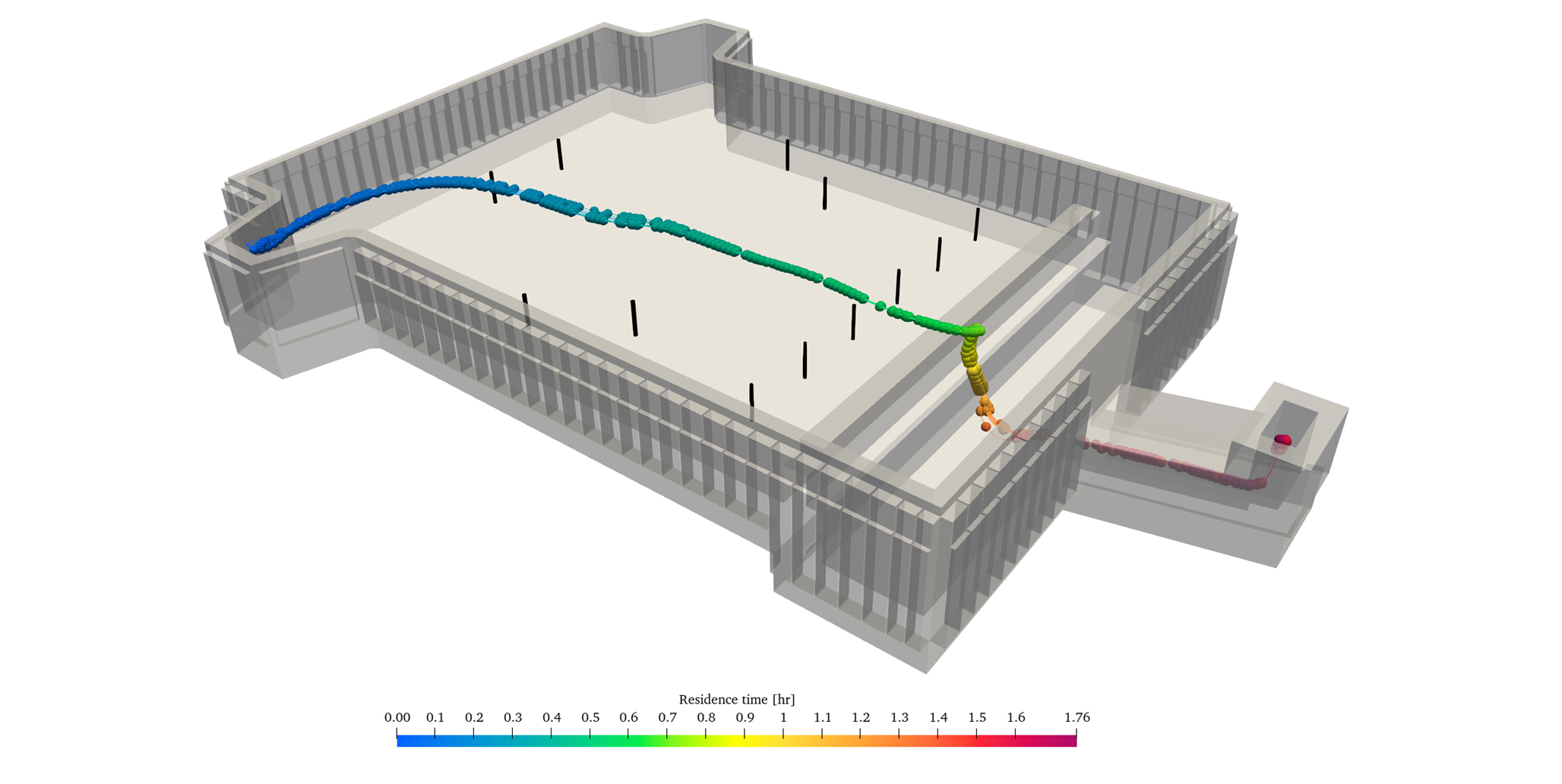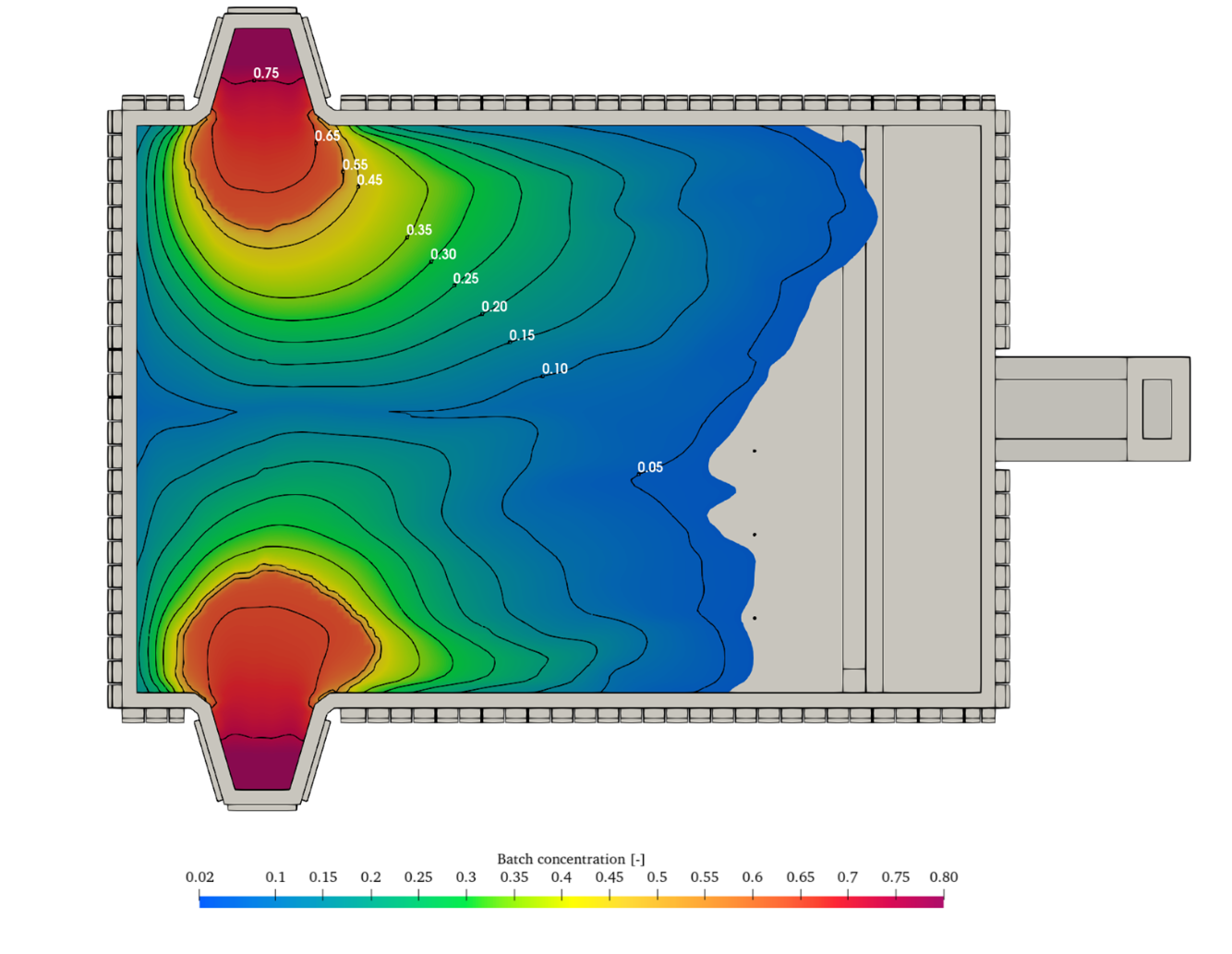
Services & Support
Process Optimization
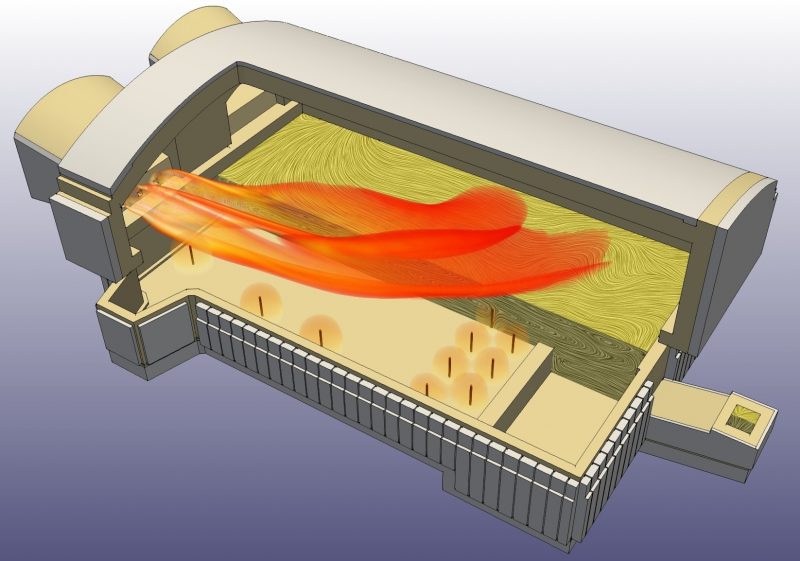
Mathematical simulations with CFD software
Thanks to computational fluid dynamics simulation software (CFD) (GTM-X), we optimize furnace designs, maximize their thermal efficiency, guarantee the highest quality of glass with the most demanding indicators of melting performance, and minimize emissions. As furnaces approach their performance limits, sophisticated models are needed to predict stable and profitable operation throughout the furnace campaign. We verify the results obtained from the modelling by means of laboratory analyses or process measurements in your furnace.
We model all types of furnaces: regenerative furnaces using air-gas combustion, oxy-fuel furnaces, 100% electric and everything in between.
The emissions from the furnace can already be predicted at the design stage. We have several proven cases, where we reduced emissions by making design changes. All the emissions that harm the environment can be minimized by our software during the design phase of the furnace.
Mathematical modelling in the middle of a furnace’s campaign is also possible to see if emissions can be reduced. For example, instability in the firing system can result in increased emissions. With our CFD software combined with the knowledge and experience of Forglass engineers, we can show you the possible measures that will restore the stability of your furnace.
We can further reduce energy consumption and CO2 emissions by making a detailed CFD model of your furnace. With this model, we make changes to design, process parameters, or batch/glass composition to analyse what impact each has on energy consumption. To further reduce CO2 emissions, we use our software in a feasibility study of increasing the share of energy from electric boosting in your furnace.
Our furnace models are ready for future challenges thanks to the advanced modelling of batch flow, its conversion to glass, combustion and boosting – parameters entered into the CFD software. In addition, we can model the chemical processes taking place in the glass and observe the number of formed bubbles with the help of the BSM model. This allows the comparison of melting process quality based on the levels of chemical homogenization and fining at the exit from the furnace throat. Proper modelling of expected shear stresses, temperature and flow profiles can prevent serious and costly production problems during the life of the furnace.
Animation
0:41Gallery
